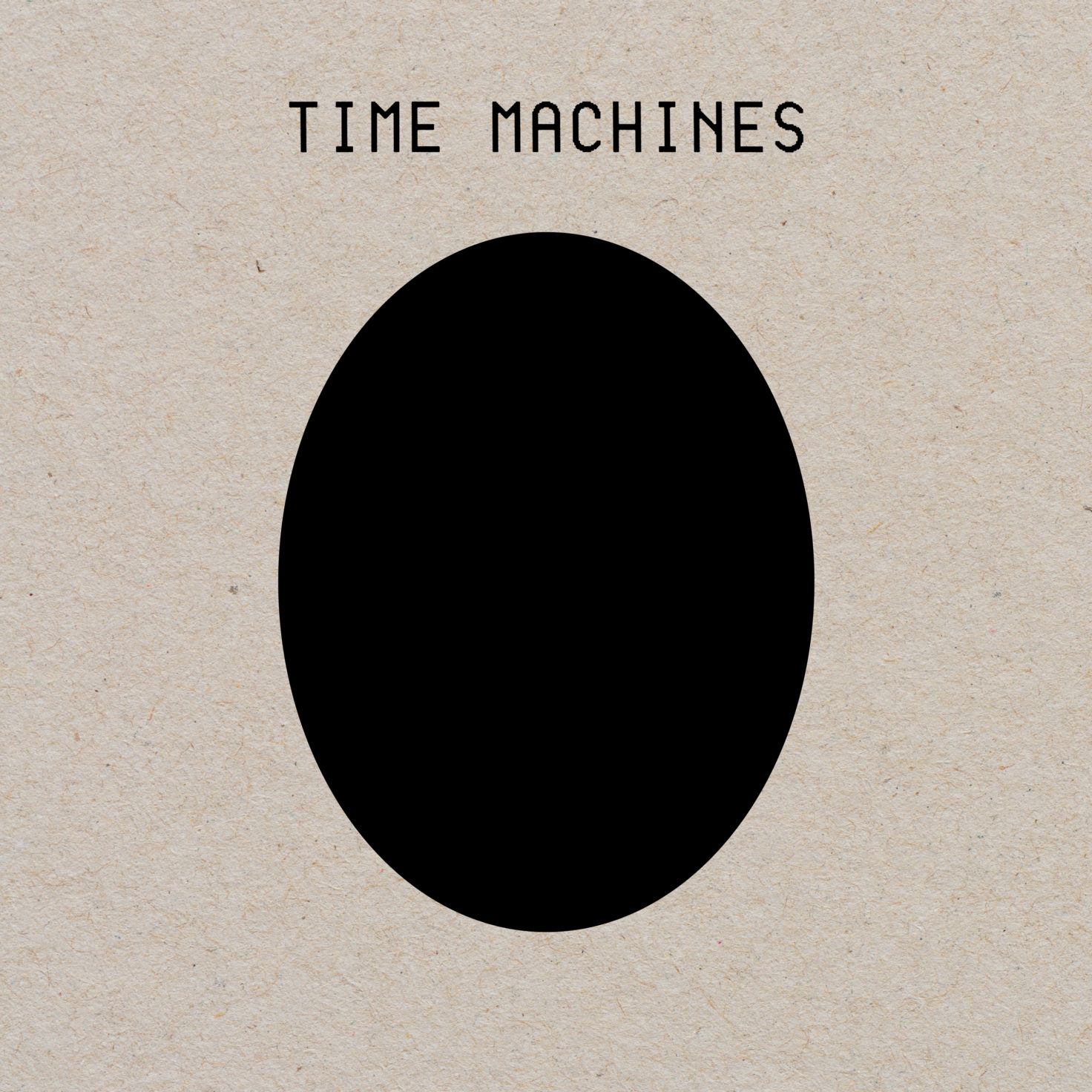Coil’s attempt to soundtrack various hallucinogenic experiences was originally released in 1998 under the alias Time Machines and is now re-released as Coil; the seminal drone experiment consists of four tracks which were composed to aurally mimic the mind-altering chemicals. Legend (well, Wiki) has it each tone was tested and retested in the studio for maximum narcotic potency in an attempt to create “temporal slips“. It’s all nonsense but the immersive experience head-honcho John Balance brings to Drew McDowall’s original recordings goes some remarkable way to audio-track the unique experiences of each substance.
Starting with ‘7-Methoxy-B-Carboline- (Telepathine)’ (yep, all the tracks are titled after the chemical compositions of their associated hallucinogen) is the most singular unchanging piece. It’s the weakest of the four tracks on its own but taken in context, almost like a staged monotony for what comes next. At the time of its initial release ‘2,5-Dimethoxy-Ethyl-Amphetamine- (DOET-Hecate)’ must have sounded out of this world, and it still sounds incredible. Darker and more serious than fellow pioneers Steve Roach or Pete Namlook, Time Machines is less concerned with marketability than further experiments of the time from The Orb or KLF and its most obvious counterpart Godspeed You! Black Emperor’s ‘F#A# Infinity‘ released the same year. Contemporary relevance for anyone who has seen Blade Runner 2049, the track’s dark and dusty, oddly airborne atmospherics could reflect the paranoid euphoria of Deckard’s Las Vegas exile. In fact, listening during Storm Orphelia’s yellow skies added a further dimension to the overall experience as if a perpetual autumn was beginning to fall.
The attention to detail on Time Machines is what impresses most which means the brief space between tracks become gulfs of meaningful nothingness, a deafening silent comedown where tiny nuances of crackle and studio echo resonate like time being stretched in a dream and is surely relatable to anyone with an interest in anything abstract and existential within music and not just the 5am drug-set. As members of the band themselves have said, where the listener is a passive recipient and the local listening environment becomes an intrinsic part of the experience. The subtle change of pace and introduction of additional sound in the foreground on ‘5-Methoxy-N,N-Dimethyl- (5-MeO-DMT)’ is genuinely unsettling, mirroring the profound intensity of a DMT trip. It’s pitched noticeably higher than the rest of the record and at its airiest moments has shades of the Star Trek theme hidden away in its looping drones, or is that just me? Either way, it’s utterly compelling stuff. Music as fine dining for the imagination.
Finally, condensing a magic mushroom event into even 26 minutes on ‘4-Indolol,3-[2-(Dimethylamino)Ethyl], Phosphate Ester- (Psilocybin)’ is no mean feat. The dog whistle in the background means the track remains on a knife edge between euphoria and horrible bad trip throughout as it subtly expounds and then finally withers away to a surprisingly natural ending for both track and an album which is ultimately a contender for re-release of the year.




